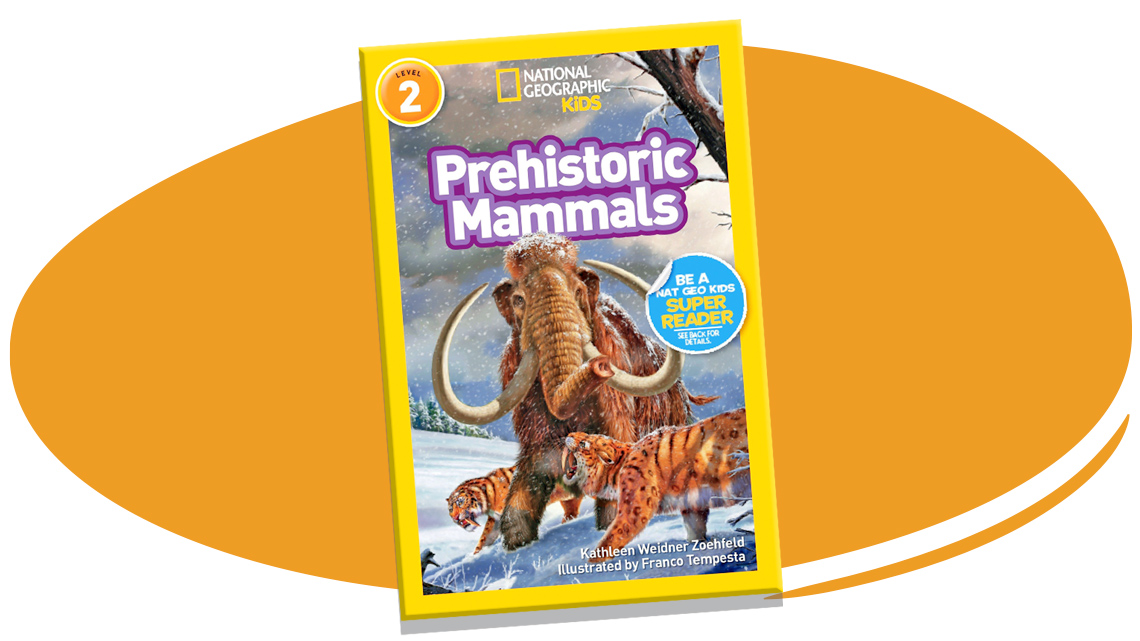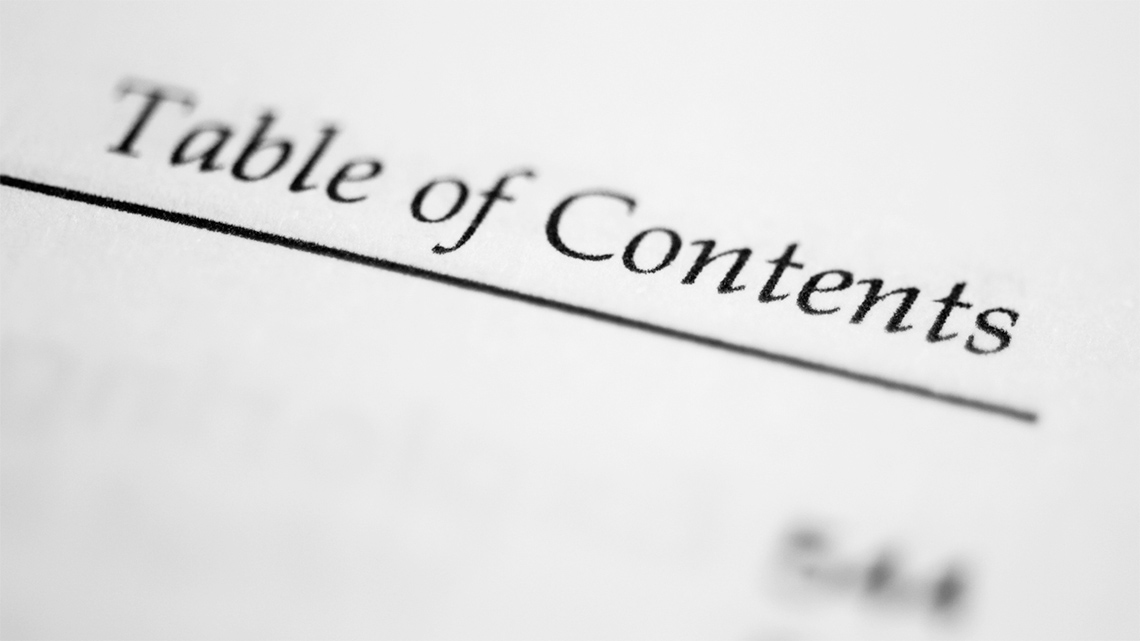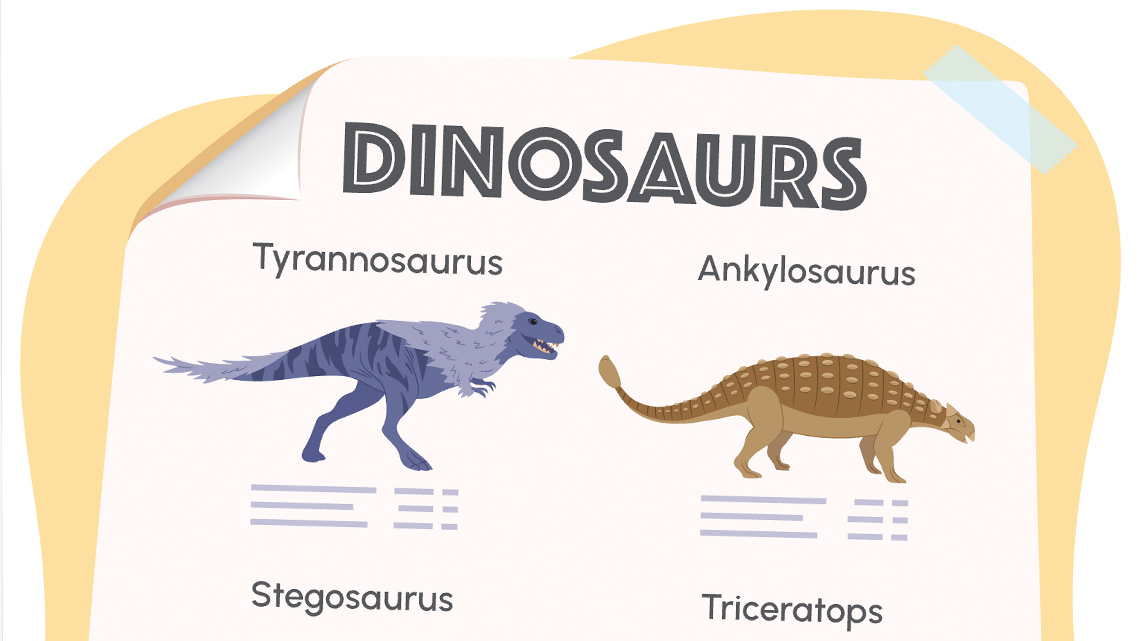Minds On
Examples of nonfiction texts
Below are some examples of nonfiction texts.
Brainstorm
Nonfiction text features
What are some nonfiction text features that you can think of?
Action
Exploring nonfiction text features
Nonfiction texts are filled with features that help the reader navigate a text and can also give them more information about the topic.
Nonfiction text features include:
Nonfiction Text Features Checklist
Which text features can you find while you read?
Let’s discover how these text features help us to better understand a nonfiction text.
Text feature scavenger hunt
Examine an excerpt from the below article, "How one man is planting seeds of Indigenous knowledge" (Lewis, 2019). How many text features can you find?
You can use the Nonfiction Text Features Checklist to guide your search.
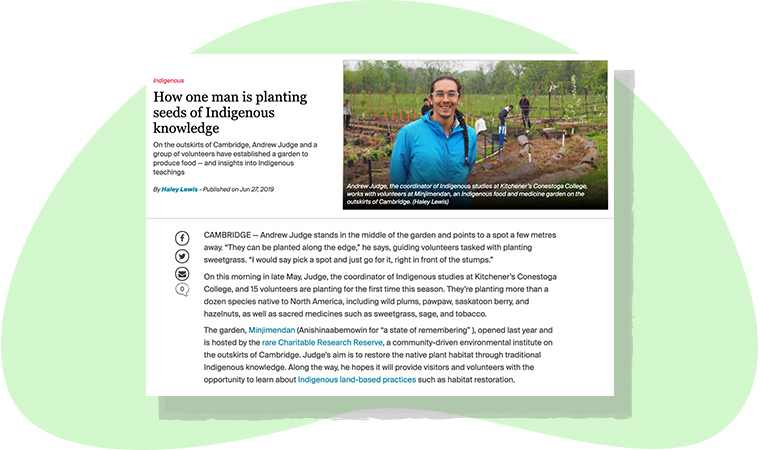
“How one man is planting seeds of Indigenous knowledge”
Press ‘Hint’ to reveal the features in the excerpt from the article.

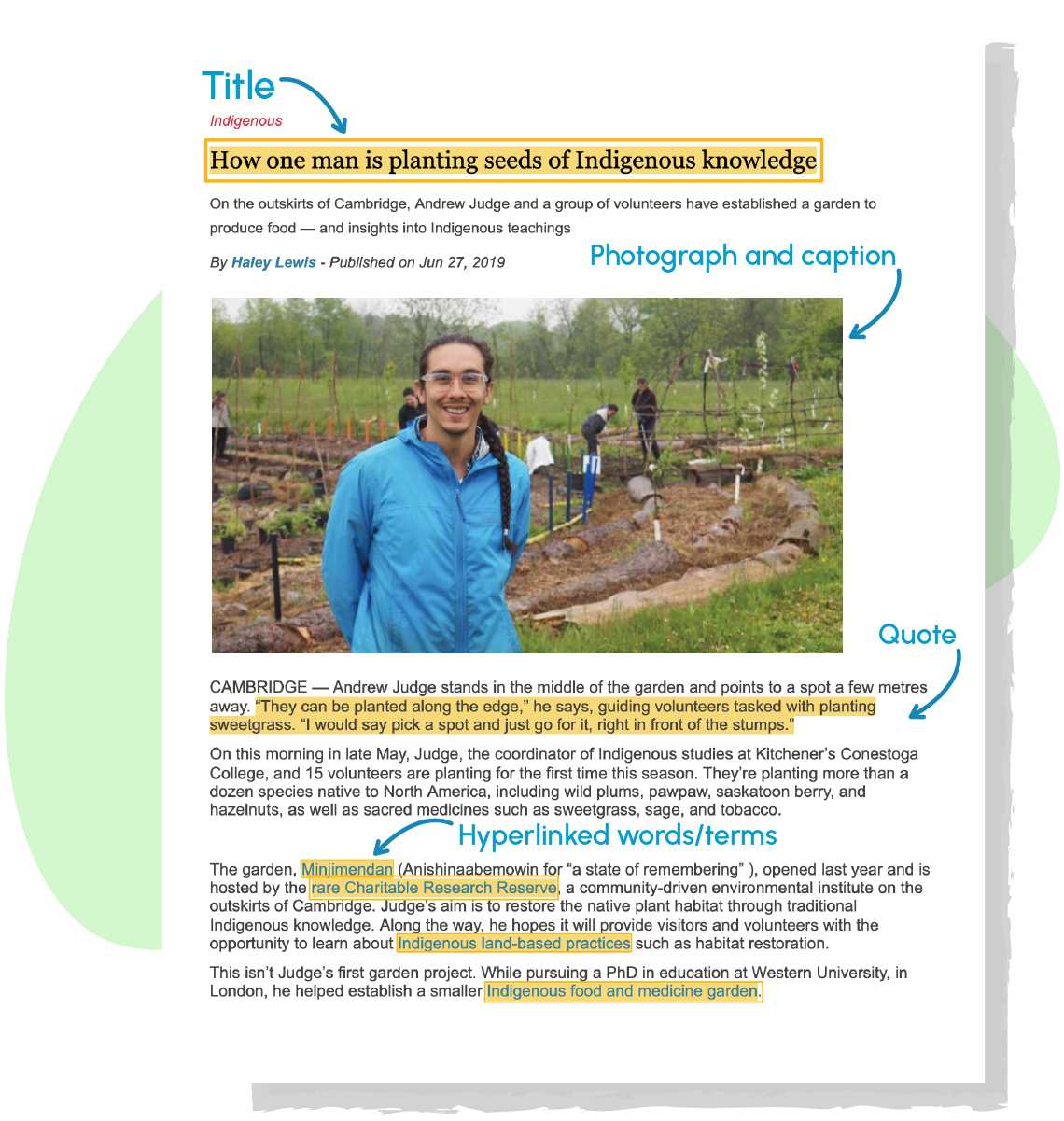
Andrew Judge, the coordinator of Indigenous studies at Kitchener’s Conestoga College, works with volunteers at Minjimendan, an Indigenous food and medicine garden on the outskirts of Cambridge. (Haley Lewis)
Title: The boldface title calls your attention to words and tells us the subject or topic of the article.
Photograph and caption: The photograph of Andrew at the garden gives us extra information about the topic and helps us to visualize what the garden looks like. The caption then describes what is happening in the photograph which can also deepen our understanding of the information in the article.
“Quotes”: Quotes give the exact words of a person, which can help us remember details and make connections between ideas.
For example, the quote, “I would say pick a spot and just go for it, right in front of the stumps.” might remind someone of the time that they planted seedlings in their community garden!
Glossary: This doesn’t have a glossary like the one we might see in a book. However, many words or terms in the article are hyperlinked to articles and/or definitions of those terms (e.g., “Minjimendan” and “Indigenous land-based practices”). This helps me to learn what they mean and how they relate to the topic of the article.
Explore the rest of the article on the Indigenous food and medicine garden.
How many more text features can you find?
TIP: Again, you can use the Nonfiction Text Features Checklist (located below) to guide your search.
This time, be sure to also reflect on the following questions.
- How does each feature help you understand the text?
- What similarities/differences do you notice between the text features in digital and printed nonfiction texts?
Record your responses using a method of your choice.

Press tvo today to access How one man is planting seeds of Indigenous knowledge.
tvo today (Opens in a new tab)Complete the Nonfiction Text Features Checklist in your notebook or using the following fillable and printable document. You can also use another method of your choice to record your information.
Press the ‘Activity’ button to access Nonfiction Text Features Checklist.
Nonfiction Text Features Checklist
Which text features can you find while you read?
Consolidation
Independent practice

Select a nonfiction text of your choice or the below TVO article, “The trees and bees.” How many text features can you find this time?
Use the Nonfiction Text Features Checklist to guide your search.
Using the Nonfiction Text Features template and the article from the Action, provide examples of each text feature used, and describe how each feature help you to understand the text.
Questions to consider:
- Which nonfiction text features are used in each text?
- How does each of the features help the reader understand the text?
- What is the purpose of each nonfiction text feature?
- Why would an author choose to add certain text features instead of others?
Press the ‘Activity’ button to access Nonfiction Text Features.
| Feature | Example from the text | Explain the purpose of each feature. How does it help the reader? |
|---|---|---|
| Title | ||
| Caption | ||
| Labels | ||
| Glossary | ||
| Diagram | ||
| Chart | ||
| Table of Contents | ||
| Map | ||
| Photograph | ||
| Index | ||
| Heading | ||
| Italic Print | ||
| Subtitles | ||
| Bold Print | ||
| “Quotes” | ||
| Underlined Print |

What did you observe?
Use the following questions to reflect on your learning.
- How did each text feature help you to understand the text?
- Compare the two texts that you read in the Action section and the Consolidation section. What text features did they have in common? Why do you think this is?
- How might the text features in a digital text be similar to/different from a printed text? Explain your thinking.
You can record your responses using a method of your choice.
Reflection
As you read through these descriptions, which sentence best describes how you are feeling about your understanding of this learning activity? Press the button that is beside this sentence.
I feel...
Now, record your ideas using a voice recorder, speech-to-text, or writing tool.
